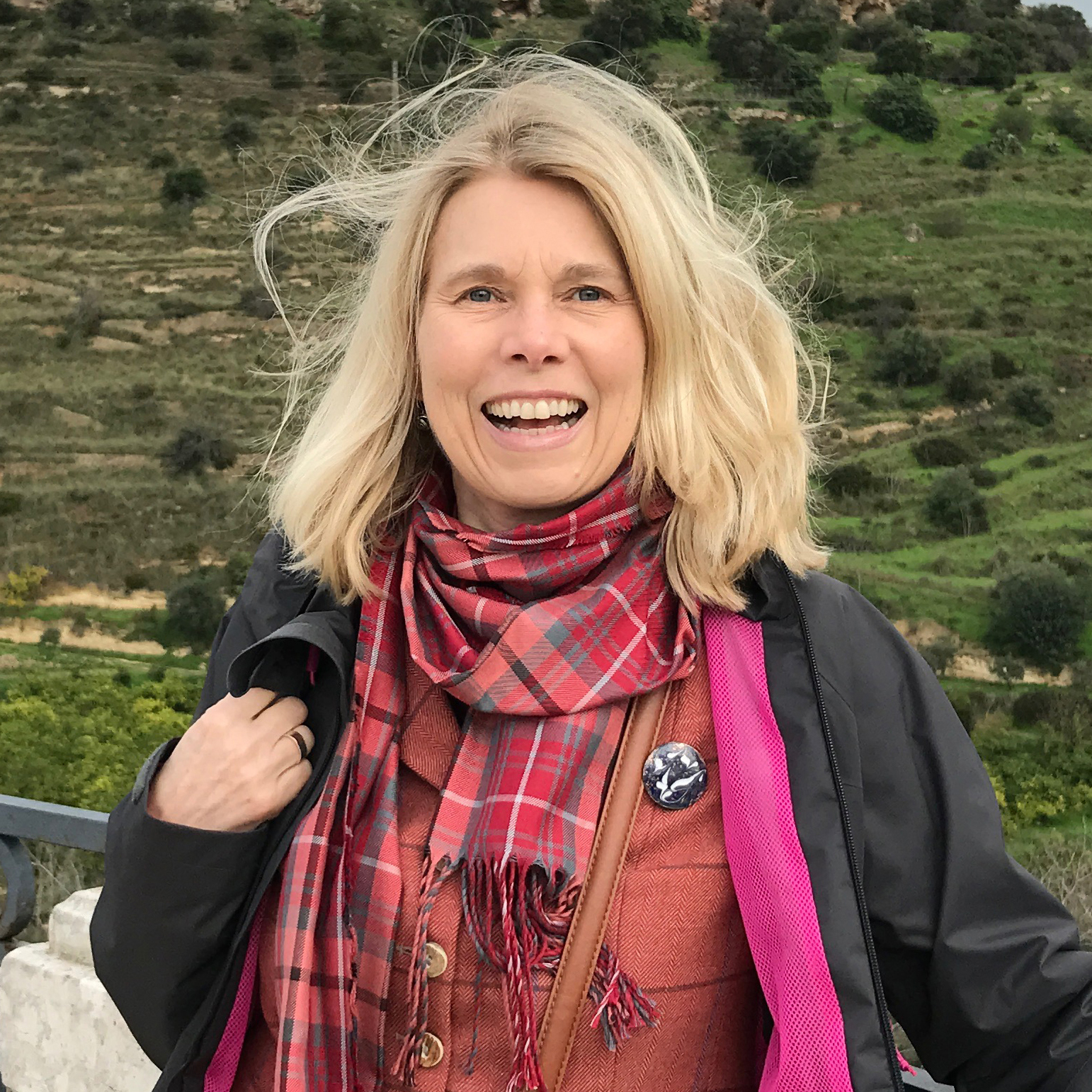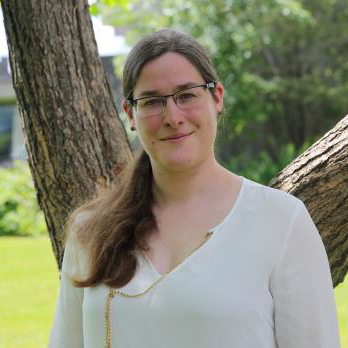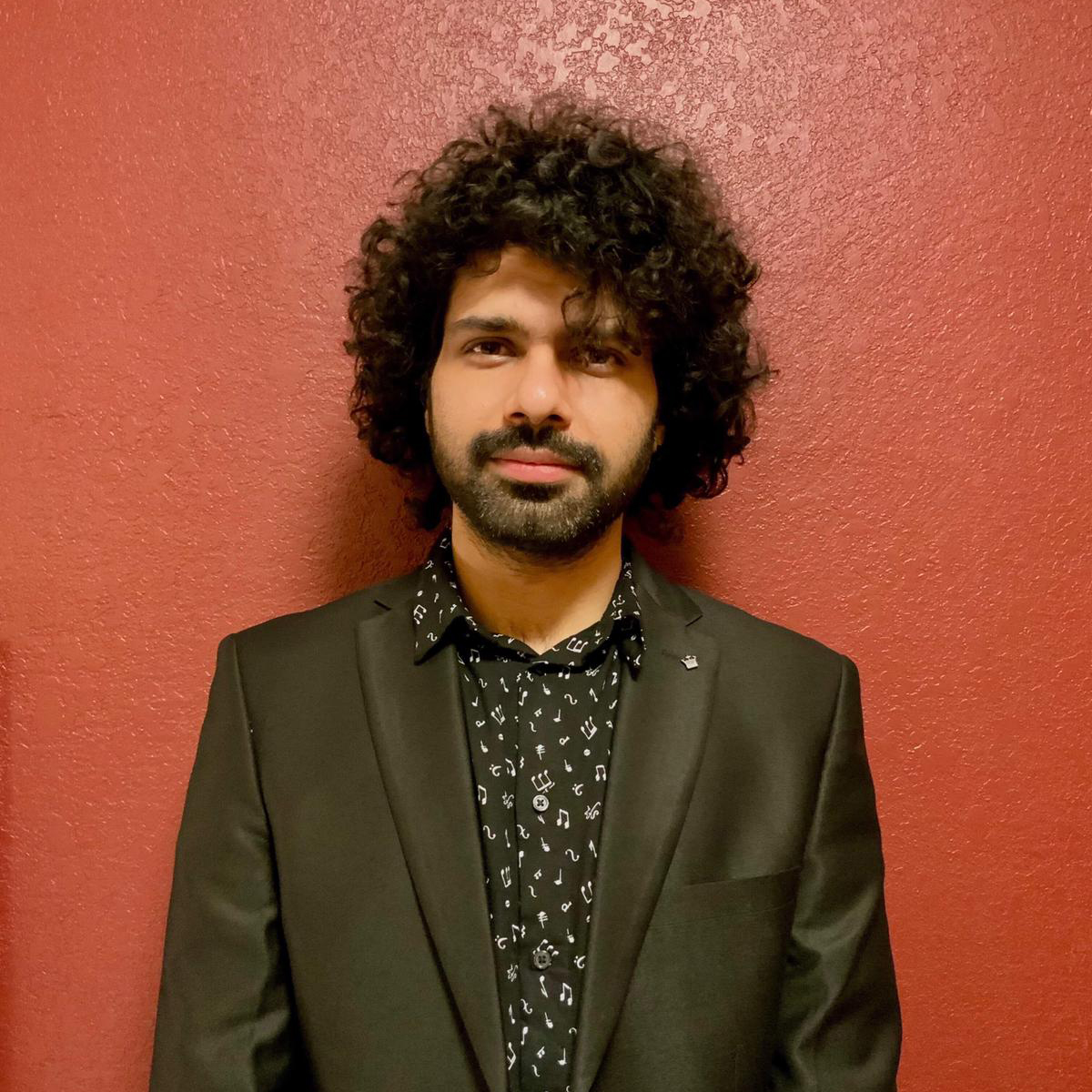About
CREATING A VISUAL LANGUAGE OF MARKS
Drs. Ladly and Keefer are working with their collaborators to develop a searchable visual database using the entries from the 19th century Registers of Liberated Africans to reveal individual identities and origins. Their research includes appropriate methods for collection, analysis and presentation of the sensitive personal information within these datasets. Kartikay Chadha (Project Manager & Resaercher) assists the team with designing, developing and training an AI model to work in conjunction with ethno-linguistic and visual models, so that researchers and members of the public may extract meaningful information from the data. Working in the Visual Analytics Lab, the OCAD U design team is constructing computational architectures for the visual/linguistic database, developing a mathematical model for data analysis, and designing dynamic 2D and 3D visual models and user interfaces.
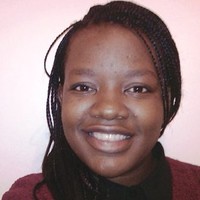
Research Assistant
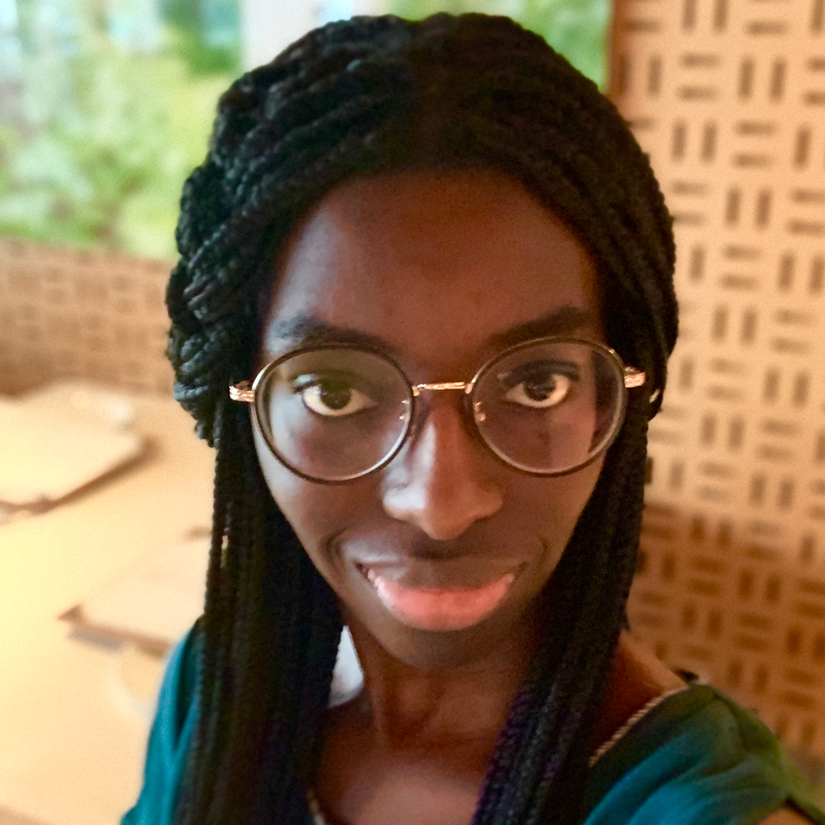
(Website Developer)
OCAD University
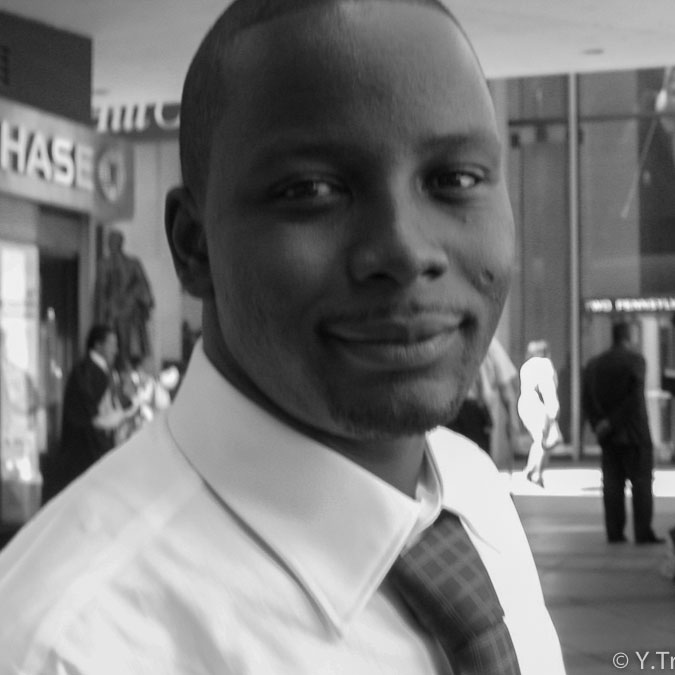
Research Assistant

Research Assistant
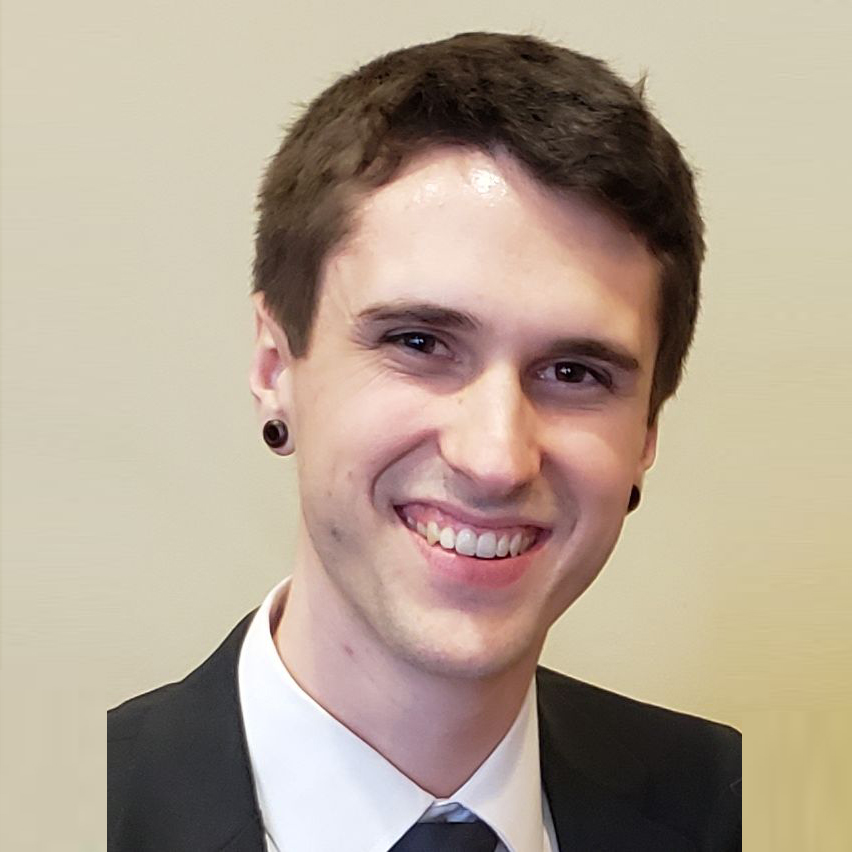
Research Assistant

Mitacs Globalink Intern (2019)

Mitacs Globalink Intern (2019)

Mitacs Globalink Intern (2018)
About section: “Enslaved Ethnic Groups, East Africa, Upper Nile Region, 1840s”, Slavery Images: A Visual Record of the African Slave Trade and Slave Life in the Early African Diaspora, accessed October 9, 2019, http://www.slaveryimages.org/s/slaveryimages/item/2700
News Section: “Africa, late 18th cent.”, Slavery Images: A Visual Record of the African Slave Trade and Slave Life in the Early African Diaspora, accessed October 9, 2019, http://www.slaveryimages.org/s/slaveryimages/item/666
Splash Page, Research, Portal and Credits Section: Photography by Kartikay Chadha, Project Manager & Resaercher, Visual Analytics Lab, OCAD University. Photos taken during SSHRC supported resaerch in the Sierra Leone Public Archives, Freetown, Sierra Leone - Feburary 2019.
